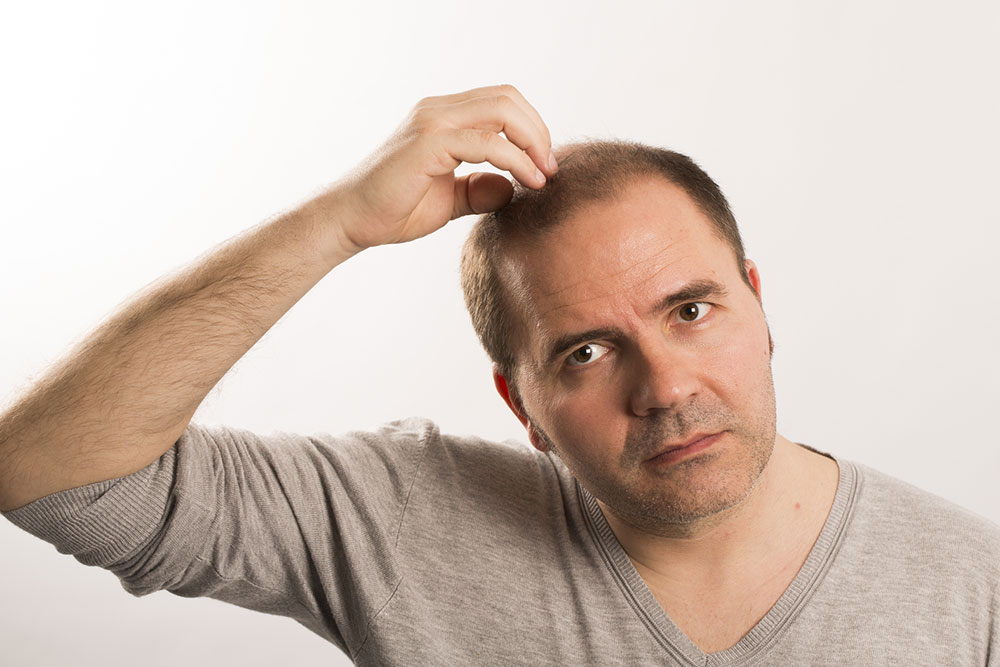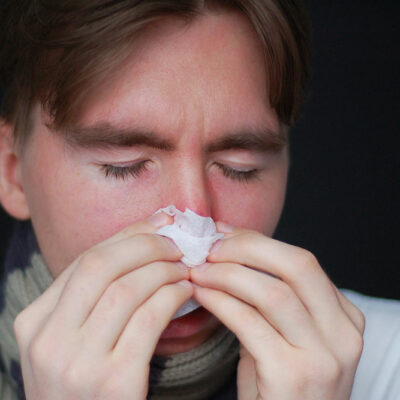
Initial Stages of Male Pattern Baldness
Male pattern baldness does not normally set in before the age of 18, but one needs to act as soon as they notice hair shedding or some hair thinning. Acting earlier is better as the more hair that’s lost, the more difficult it gets to restore the original density of the hair. It is important, according to hair specialists, to get seven hours of sleep at night as the growth hormone level shoots up at night.
Male pattern baldness also occurs in certain stages which have been explained in brief as follows:
1. Mild thinning
This is considered to be the first step of male pattern baldness. Once some mild thinning of the hair is noticed, one is presented with two clinically proven treatments that can help prevent hair loss and also promote regrowth. Finasteride and Minoxidil are the two of the most effective and popular medications available in the market that can help with male pattern baldness. These medications, however, work best when they are combined together. Finasteride works by inhibiting the hormone dihydrotestosterone, which is responsible for miniaturizing the hair follicles, eventually leading it to fall out. Although it is not exactly certain as to how Minoxidil helps prevent hair fall, but it not only prevents hair loss but also encourages hair regrowth.
2. Moderate thinning
It becomes pretty much impossible to grow hair on the area of the scalp that has gone completely bald. However, if there is even a thin fuzz of hair present, one may still have a chance of getting back some decent hair coverage. There is an extra-strength Minoxidil solution available if one is suffering from moderate hair thinning. Moreover, the HairMax® Lasercomb has been clinically proven to be effective in encouraging hair regrowth. This works by increasing adenosine triphosphate (ATP) which is beneficial for hair growth.
3. Heavy thinning
A transplant may be the best option if one is suffering from heavy hair thinning. With hair loss, the earlier one tackles things, the better it will be. A hair transplant is done by extracting hair one by one from the back of the head and then grafting it into the scalp. One may, however, require more than one visit to get the hair transplant done, as a six- or seven-hour session will only see around 8000 hair relocated. The process is not particularly painful and hence one should be able to head back to work the next day. Although the transplanted hair are not subject to the follicle-thinning effects of male pattern baldness, the old hair remaining on one’s head still are at risk. Hence, one will still need to continue a prevention program that involves both Finasteride and Minoxidil.
For more details, one can consult with their doctor for the right type of hair treatment that can suit them best.


